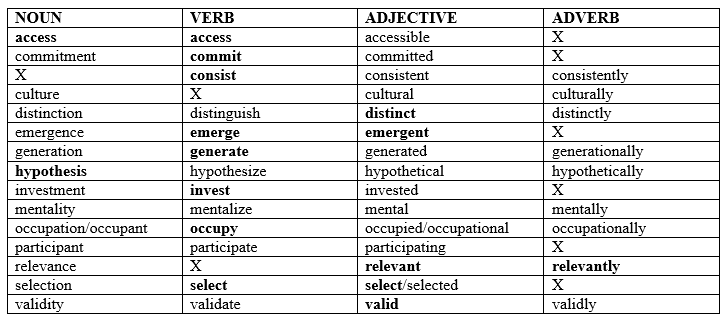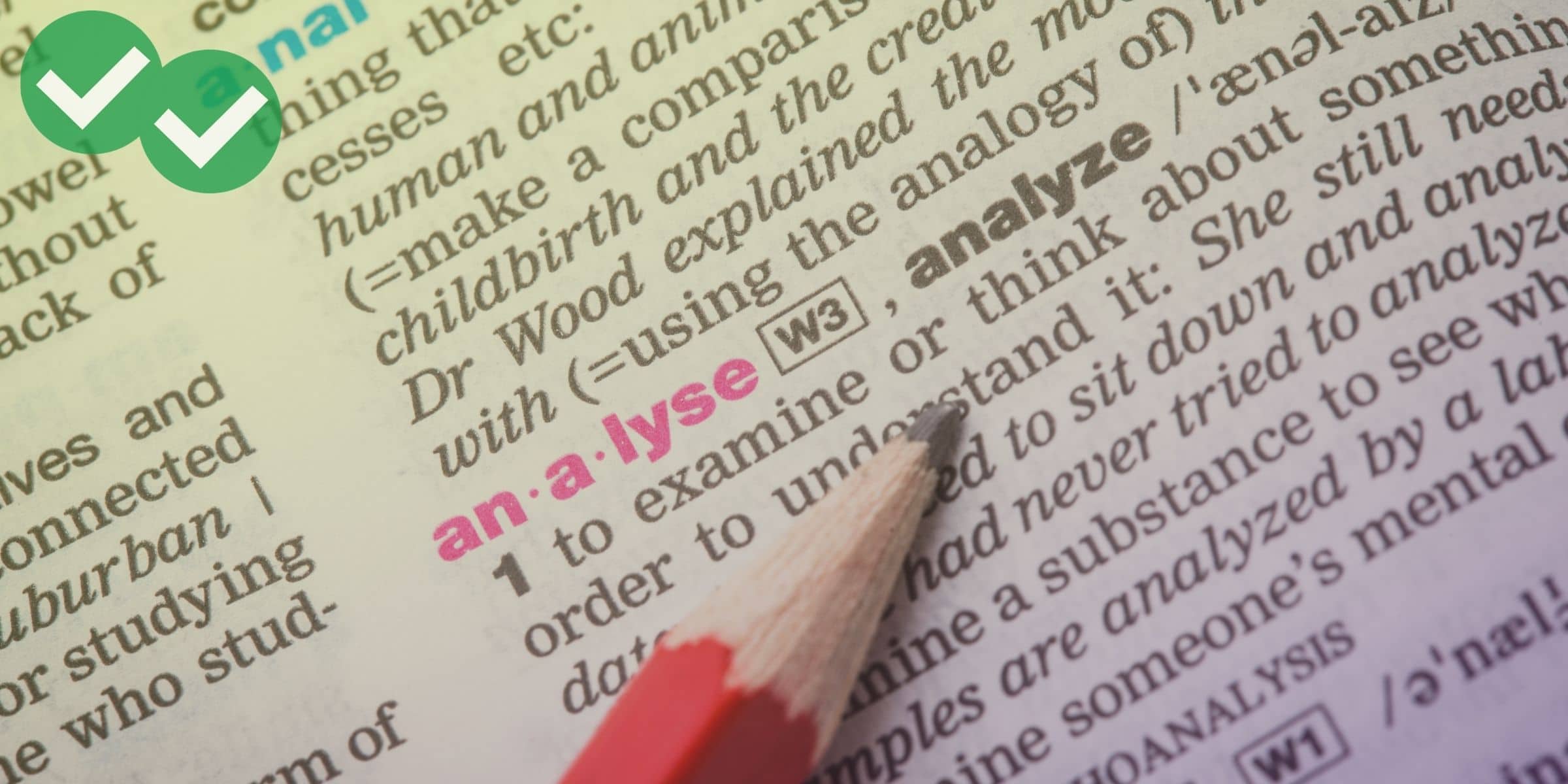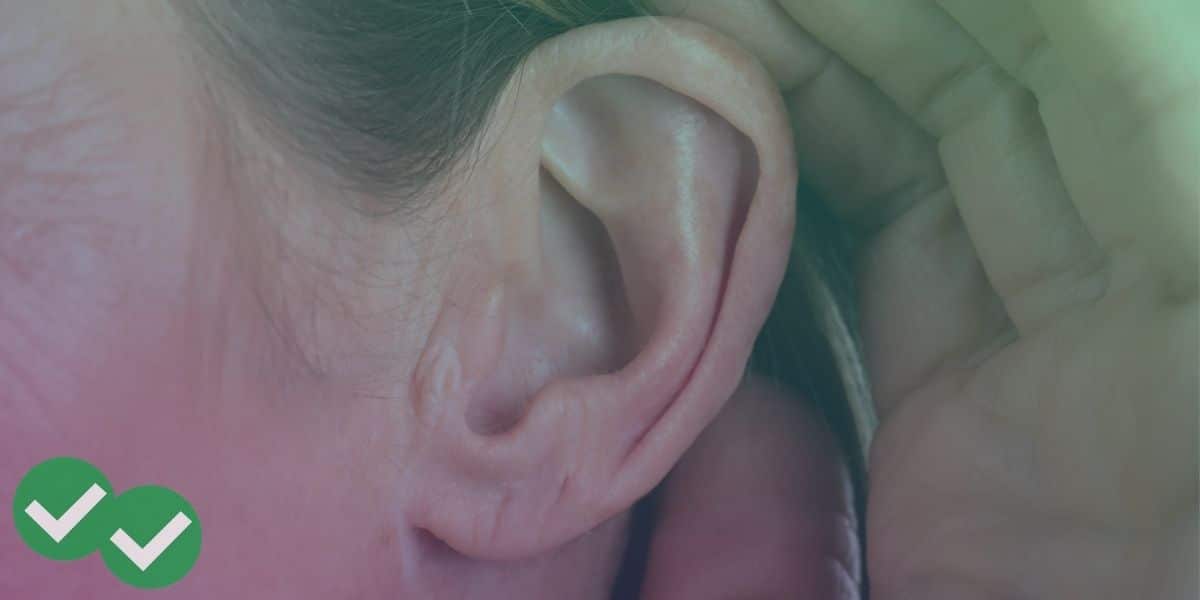There are a lot of ways to improve your TOEFL vocabulary. This very blog has many posts to help you memorize certain words. You can also look to the Academic Word List for a list of words likely to appear on the TOEFL exam. Unfortunately, it’s not possible for this blog (or any one resource) to compile a list of all the words you might come across on the TOEFL. Even the longer Academic Word List leaves out many important TOEFL words.
Along with vocabulary guides, you should also understand the suffixes of TOEFL words. Suffixes are end parts of words that mark a word’s part of speech, or its meaning, or both. For example, in the word “wanted,” “-ed” is a suffix added to “want.” It tells you that the whole word, “wanted,” may be a past tense verb. (I wanted a bicycle when I was a child.) It also tells you that it could be an adjective. (Customers lined up to buy the greatly wanted new Iphone.)
Different suffixes can give a word several different grammar uses and several different meanings. Take the adjective “specific.” “Specific” means “special and unique in some way.” Change the suffix and you can get:
- “specification” (noun; a detailed description of how something should be done or made)
- “specify” (verb; to request or point out something that is special and unique)
- “specifically” (adverb; done in a way that is special and unique”)
The suffixes -“ication,” “-ify,” and “-ically” are not just attached to the word “specific.” “-Ication” goes at the end of many nouns (magnification, amplification, etc…). “-Ify” is put at the end of a variety of verbs (petrify, beautify, and so on). And lots of adverbs end with “-Ically” (such as practically, terrifically, and others).
Being aware of suffixes will help you recognize parts of speech more easily. It will also help you see the difference between words that are similar, but not the same. Below, I’ve made a chart. It shows several TOEFL words. Each word is shown in its different suffixed forms. The original words for this chart come from the Magoosh TOEFL vocabulary PDF. In that PDF, you can find the meaning of the words marked in bold. To build your suffix knowledge, read the chart carefully. Then build your vocabulary by the Magoosh PDF and the Webster’s Learner Dictionary to look up the meanings of all of the other words on the chart.
Chart:
EXAMPLES OF SUFFIXES THAT CHANGE THE MEANING AND GRAMMAR OF A WORD
Noun suffixes: -ment, -tion, -ence, -ation, -is, -ment, -ity, -ant, -ance, -ity
Verb suffixes: -ist, -ate, -ize, –
Adjective suffixes: -ible, -ed, -ent, -al, -ical, -al, -ing, -ant
Adverbs: -ly






